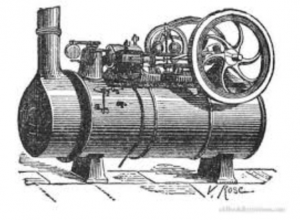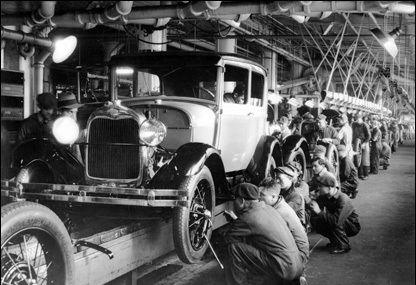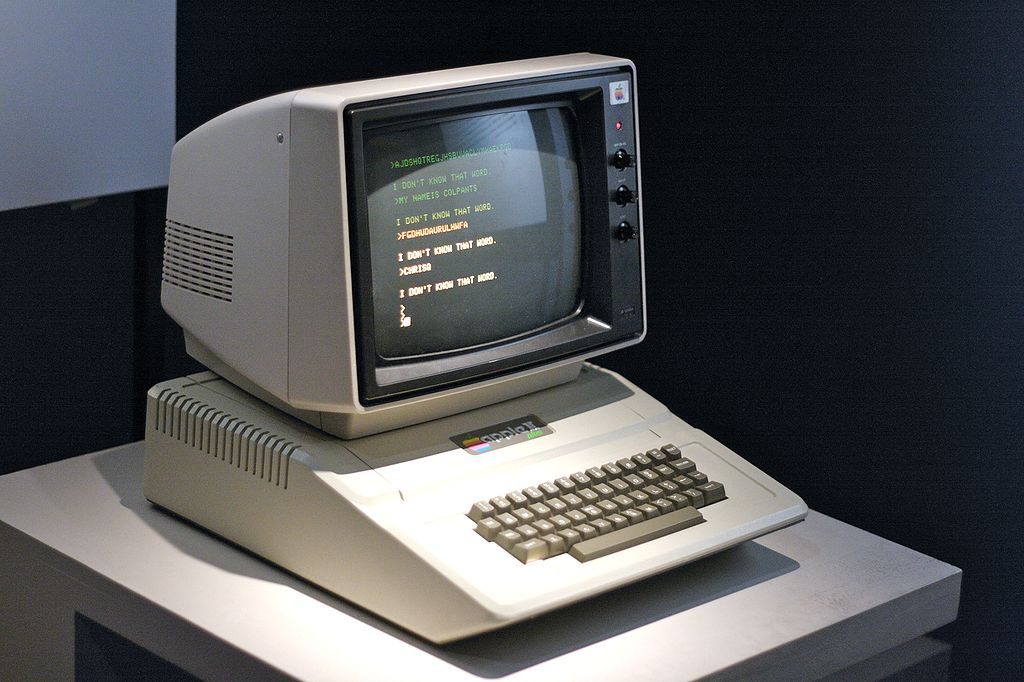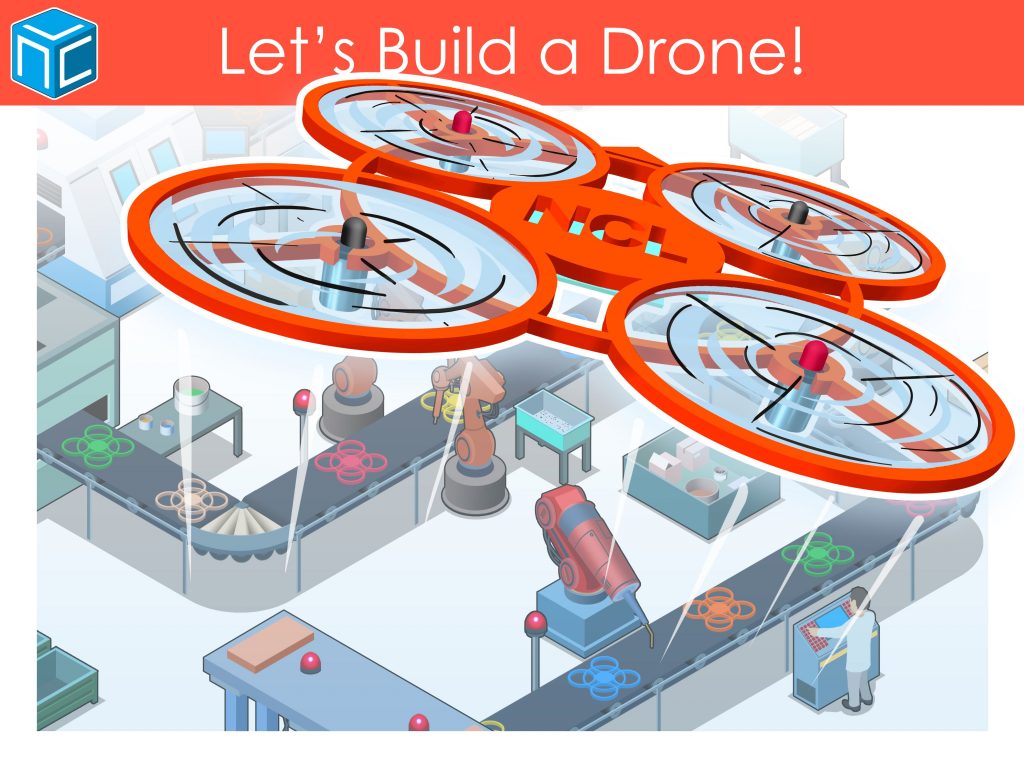What is the Fourth Industrial Revolution, sometimes (inaccurately) called Industry 4.0 or just 4IR? Before we answer, let us take a step back.
1. Steam
The First Industrial Revolution, or “Industrialization”, began in England in the late 18th century, following in the wake of James Watt and his steam engine (1774). Tasks previously done laboriously by hand in hundreds of weavers’ cottages were brought together in a single steam cotton mill, and the factory was born. The initial focus of industrialization was on textiles. The First Industrial Revolution marked a major turning point in history – almost every aspect of daily life was influenced in some way. Economic historians are in agreement that the onset of the First Industrial Revolution is the most important event in the history of humanity since the domestication of animals and plants.

2. Electricity
The Second Industrial Revolution, also known as the “Technological Revolution,” was a phase of rapid industrialization in the final third of the nineteenth century and the beginning of the twentieth century. It was powered by electricity. It is considered to have begun with Bessemer steel in the 1860s and culminated in mass production and the production line. The enormous expansion of rail and telegraph lines after 1870 allowed unprecedented movement of people and ideas, which culminated in a new wave of globalization.

3. Computers
The Third Industrial Revolution, or the “Digital Revolution”, refers to the advancement of technology from analog electronic and mechanical devices to the computers that are available today. The era started to during the 1980s and is ongoing. Advancements during the Third Industrial Revolution include the personal computer, the internet, and information and communications technology (ICT).

4. Cyber-Physical Systems
While the first three Industrial Revolutions were characterized mainly by advances in technology, the fourth one is characterized by a fusion of technologies that is blurring the lines between the physical, digital and biological spheres. In other words, the Fourth Industrial Revolution is not changing what we are doing – it changes us, humans. This is possible thanks to emerging technology breakthroughs in fields such as artificial intelligence, robotics, the Internet of Things, autonomous vehicles, 3D printing, nanotechnology, biotechnology, materials science, energy storage, and quantum computing. Examples of this fusion include using 3D-printed parts such as artificial limbs or vertebrae to repair the human body, enhancing impaired human bodies with robotic parts, combining 3D printing with living stem cells to grow artificial tissues and bones. Engineers, designers, and architects are combining computational design, additive manufacturing, materials engineering, and synthetic biology to pioneer a symbiosis between microorganisms, our bodies, the products we consume, and even the buildings we inhabit.
Robotic Cars
http://www.wimp.com/audis-new-automatic-car-parking-system/
Robots at Sports
3D Printing
Bitcoin
People are able to make and receive payments without banks.
Social Media
People are able to reach masses without newspapers and publishing companies.
Youtube
People are able to broadcast videos without TV and movie companies.
Uber
Transportation as a public service.
A Different Video
Unfortunately, not all outlooks are entirely positive. Especially those regarding the development of social inequalities and division of labor in the human population. If you have 11 minutes of time, watch this highly inspiring video:
